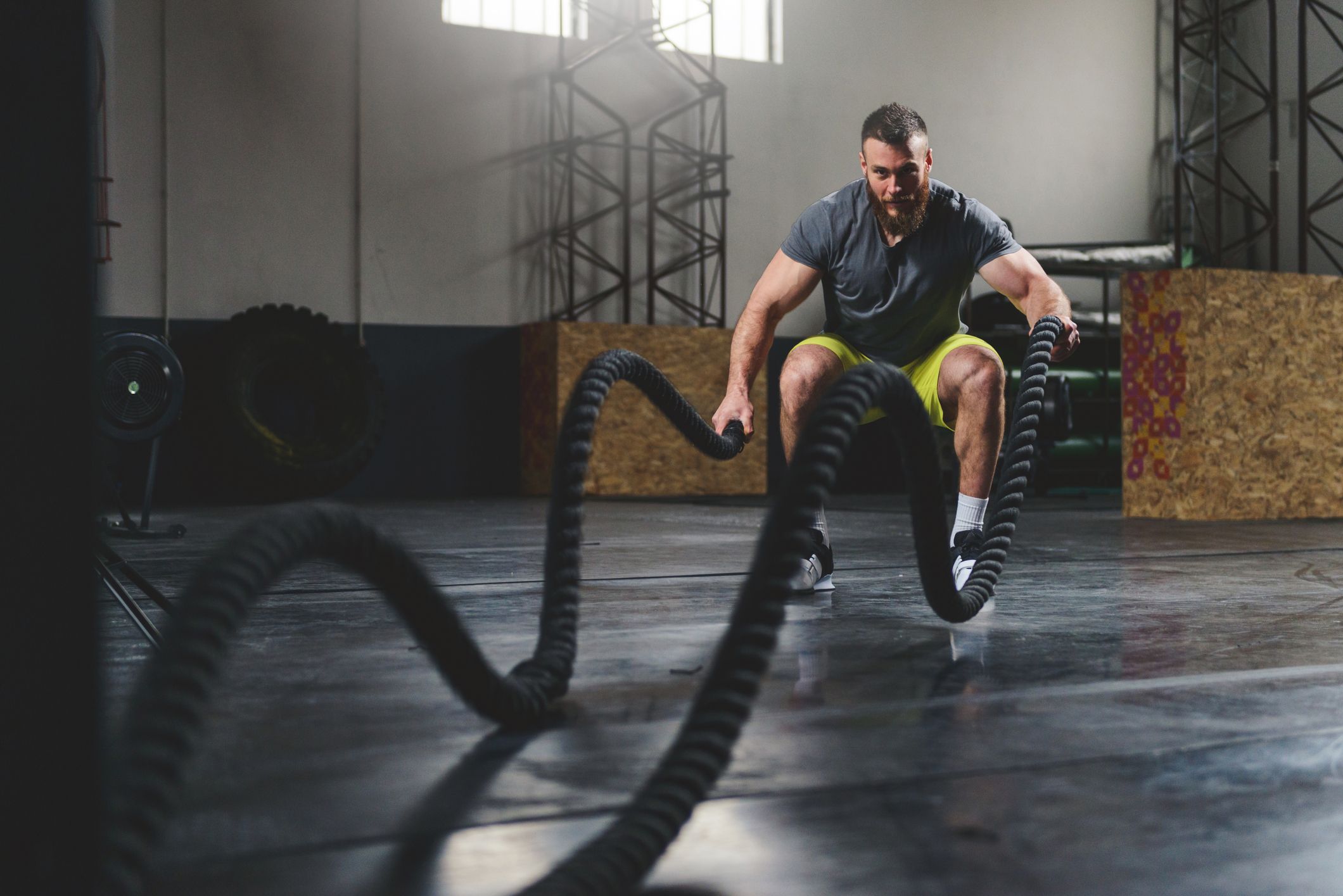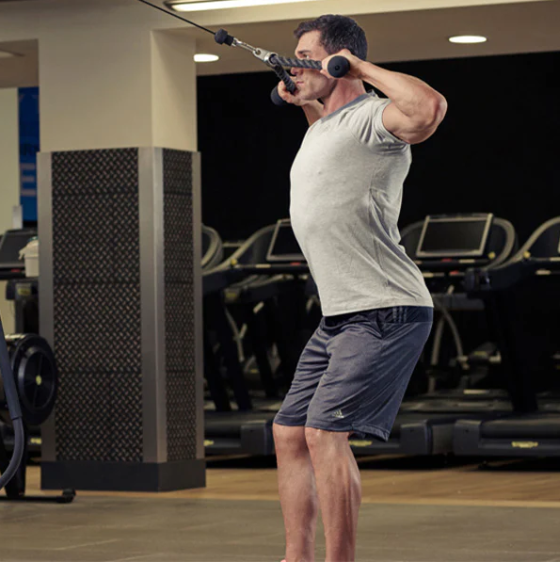
In fitness, back training is roughly divided into two types, one in the back pull-down type, and the other in the back rowing type, so the back pull-down type mentioned by the subject is a big category, such as high-position pull-down, T-bar pull-down and so on. But the changes are inseparable, and the main points of action are not much different. The only difference is that the equipment is different.
How to do the Lat pull-down?
First, if you want to do a good job of pulling down the back, you must master the following points:
1.The abdomen and the chest should be kept stable during the whole movement. The chest is to better contract our back muscles. Excessive chest-out will cause our abdomen to arch forward and cause pressure on the waist. It’s big, and it’s easy to hurt the waist in the end, so when you stretch your chest, you have to tuck your abdomen, so that we can stabilize your torso.
2.Breathing evenly. Keeping breathing evenly while doing movements can improve our exercise state and exercise effect. At present, it is more recommended to exhale when the muscles do centripetal exercises and inhale when doing eccentric exercises. Generally speaking, it is to exhale when exerting force. Breathe in, breathe in when you relax.
3.Consistency of mind and movement means to keep our minds consistent with our actions. During the entire movement, attention should always be paid to the force of the muscles. When pulling down, we control our back muscles to exert centripetal force. Exercise, control our back muscles to do eccentric exercises when put up.
After remembering the above three points, let's talk about how to do the Lat pull-down correctly (take the high pull-down as an example):
1.First adjust the appropriate weight. After sitting on the hips, lean forward as much as possible. Sit up and keep the body perpendicular to the lever. Then fix the legs with the sponge shaft, and then hold the lever with both hands slightly shoulder-to-shoulder The width is about 10-15cm on the left and right (don't pursue the width too much, it will reduce the muscle contraction and increase the chance of scapular injury).
2.Lean back slightly within 20 degrees, take a deep breath, pull down when you exhale, extend the two elbows from both sides of the body to the coronal surface, try to get close to the body contraction, pull down the lever as close to the body (or face) as possible, keep it as small as possible The arm, the steel wire and the motion trajectory are in the same plane so that the force is not easy to disperse.
3.Tighten the scapula, pull the lever to a position close to the upper chest (near the collarbone) and then pause slightly to fully tighten the latissimus dorsi (you don't need to pursue the pull down too much, as long as the latissimus dorsi is tightened), and then inhale For the restoration movement, the eccentric restoration process must be controlled in place and slightly slower. When you reach the top, do not fully straighten your arms and bend your elbows slightly to better keep the muscles under continuous force, and then pull down again.
For some advanced trainers, ordinary back pull-down may not be able to meet their needs. They need to more accurately sculpt their muscle separation and pursue a more perfect muscle shape. At this time, they may divide the back pull-down into narrow Span and wide distance to exercise, wide pull-down mainly exercises the width of the back, and narrow distance mainly exercises the thickness of the muscles and the lower part of the latissimus dorsi. Of course, for beginners, the most important thing is to set the movement as the standard first, and then make the changes. Step by step is the most important.
Benefits of Lat Pull down
The target of this exercise is the latissimus dorsi, commonly referred to as the "Latissimus dorsi", which is the muscle under the armpits and spreads across the back and back. By isolating the back muscles through this exercise, you can focus on them without the fatigue of the biceps or triceps.
It is important to exercise the back muscles to help maintain the correct posture and reduce pulling actions, such as opening a door, turning on a lawnmower, swimming, and even doing pull-ups. Having strong latissimus dorsi may even help relieve some types of back pain
Lat pull-down variations
Today, IFAST will share 4 Lat pull-down variants for you, so that the back muscles that are used to traditional pull-downs will be fully stimulated once again by changing the gameplay!
Action 1: One Arm Lat Pull down

Compared with the traditional high-arm pull-down, one arm Lat pull down will make you more clearly experience the contraction of the back muscles, which is good for both strength and muscle shaping.
Action 2: Wide-Grip Lat Pull down

If you want an "inverted triangle" back, it is not enough to have the thickness of the back without the width, and the wide grip and high pull down is a good exercise to train the width of the back. This action allows you to complete standard training actions throughout the entire range of joint mobility.
Action 3: Lat Pulldown V-Grip

The Lat pull down V-Grip is an efficient movement for the lower back during training. When it is finished, the body is tilted back slightly, which will generate more resistance to train your lower back.
Action 4: Lat Pull down Reverse Close-Grip

The Lat pull down reverse close-grip and Lat pull down is also an exercise in the lower back during training. Because you don't have to pull up your weight, this action can also be seen as a substitute for pull-ups.
If you still feel that the traditional Lat pull down training has no special feeling, you might as well try to alternate training with these 4 high-position pull-down variants. This will maximize the training effect and make your back training feel more intense. Have a more fascinating "inverted triangle" soon!



1 comment
Shane fox
I am looking for an older designed lat pull down where u sit close to the machine to pull down to my chest as well as behind my neck. I’m interested in looking into rubber band resistance vs the weights
I am looking for an older designed lat pull down where u sit close to the machine to pull down to my chest as well as behind my neck. I’m interested in looking into rubber band resistance vs the weights